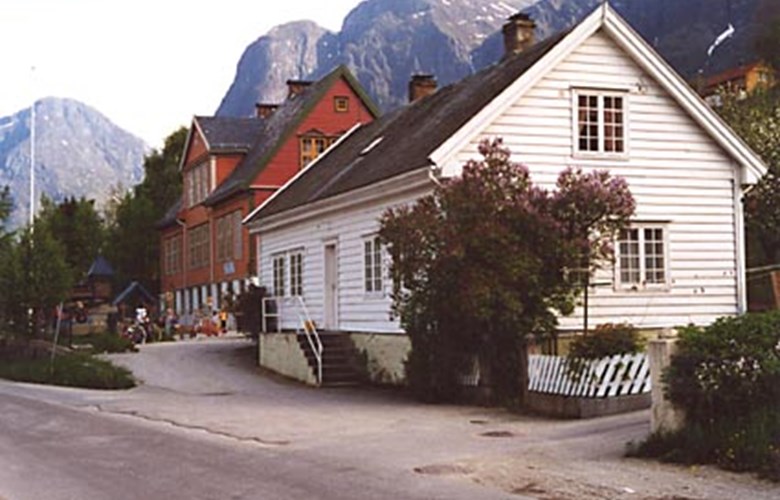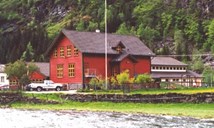Schools with ambulant teachers and the school roads
The Education Act of 1741 stated that there had to be an educational system in the country. In that year a "skulefundats" (school statutes) was established with laws and statues regulating and organizing the educational system in the rural areas. The most important item in this so-called Placat og nærmere Anording angaaende Skolerne paa Landet i Norge (Decree and further instructions concerning rural schools in Norway) was that the parish itself was responsible for organizing the school system. The vicar was asked to call in people to a meeting to find suitable arrangements. The municipality was divided into school districts, with teachers travelling around to teach children from eight to 16 weeks per year. In the hamlets, the schooling took place on farms, frequently in periods of two weeks. More peripheral areas with high mountain farms had ambulant teachers. The school worked in a rotation system with the teacher moving around. In this way children were spared the longest and most dangerous roads to school.
School districts and school buildings
The municipality of Aurland had the following school districts:
Vangen
Flåm
Berekvam
Myrdal
Undredal
Dalen
Vassbygdi
Nærøydalen (Dyrdal, Bakka and Skjerpi).
There were school activities at these places:
Urvik and Nesbø (Aurdalen in the valley of Aurlandsdalen)
Sinjarheim
Stondalen
Bjørgo og Turli
Skjerdal
Berekvam
Otternes and Ytreli (Bakkane school district for these two).
The school buildings
The Education Act of 1860 introduced stricter regulations and statues concerning education and the construction of schoolhouses.
The first school buildings:
Flåm 1862
Vassbygdi 1866
Undredal 1871
Dalen 1876
Vangen 1879. From 1848 the house of the consumer association (the Skjerdal house) was used.
Skjerpi 1882
Berekvam 1899
Dyrdal 1901
Bakka 1908
Myrdal 1921
More recent buildings:
Flåm 1914 and 1986
Undredal 1921 and 1998 (addition)
Vangen 1933 and 1974
Vassbygdi 1952
Dalen 1970
Skjerpi 1973


